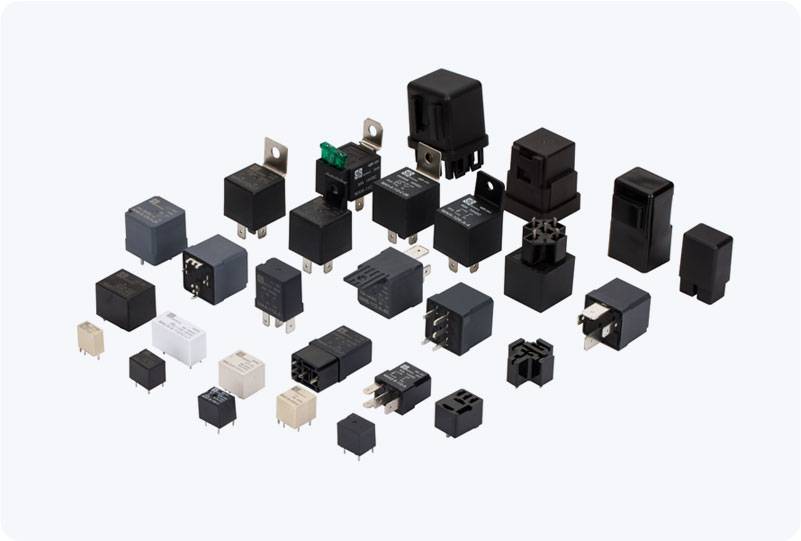Testing an industrial relay with a multimeter is a fundamental task for anyone involved in maintaining electrical systems. Relays are essential components in automation, electrical controls, and industrial systems. They allow low voltage circuits to control higher voltage circuits, and testing their functionality ensures that systems work efficiently and reliably. This guide will walk you through the process of testing an industrial relay with a multimeter.

Understanding the Components of an Industrial Relay Before diving into the testing procedure, it’s important to understand the basic components of an industrial relay. A typical relay consists of two main parts: Coil (Electromagnet): When current flows through the coil, it generates a magnetic field that pulls the relay contacts together or apart, thus switching the connected circuit on or off. Contacts (Switches): These include Normally Open (NO) and Normally Closed (NC) contacts. The NO contacts are open when the relay is not energized and close when the relay is energized. Conversely, the NC contacts are closed when the relay is not energized and open when it is.